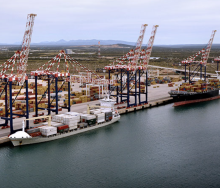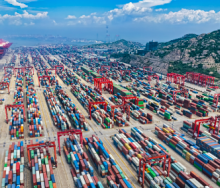Global growth is projected to stabilise at 2.6% this year, holding steady for the first time in three years, despite flaring geopolitical tensions and high interest rates.
This is according to the latest World Bank Global Economic Prospects Report.
By 2025–26, growth is expected to edge up to 2.7% alongside modest expansion in trade and investment.
“Reflecting continued inflationary pressures, central banks in both advanced economies and emerging market and developing economies (EMDEs) are likely to remain cautious in easing policy. As such, interest rates over the next few years are set to be markedly higher than prior to the pandemic," the report points out.
Both advanced economies and EMDEs are projected to grow at a slower pace over 2024–26 compared to the pre-pandemic decade.
Lower pre-pandemic growth prospects are widespread. In 2024–25, growth is set to underperform its average pace in the 2010s in nearly 60% of economies, representing more than 80% of global output and population.
“Against this backdrop, income per capita in EMDEs is forecast to grow at an average rate of 3% in 2024-26, well below its 2010-19 average, and with almost half of EMDEs expected to fall behind advanced economies over 2020–24.”
The potential for further trade fragmentation amid heightened uncertainty is a key risk, according to the report. “The number of trade-distorting policy measures has already tripled in 2022–24 compared to the 2017–19 period. Proliferating trade restrictions and heightened trade policy uncertainty - already at an unusually high level relative to previous years - could weigh on trade prospects and economic activity."
The World Bank predicts that central banks are likely to keep rates elevated over the forecast horizon. Inflation continues to wane globally, but at a slower pace than previously envisaged. As a result, advanced-economy interest rates are expected to remain above the 2000–19 average levels and could turn out higher still if inflationary pressures persist, substantially slowing global growth.
"Risks to the outlook, while more balanced, remain tilted to the downside. Conflict-related disruptions to oil supply could result in sizable oil price increases. Persistent inflation in advanced economies could see interest rates remain higher for longer. These developments could result in significantly weaker global growth,” the analysts believe.













